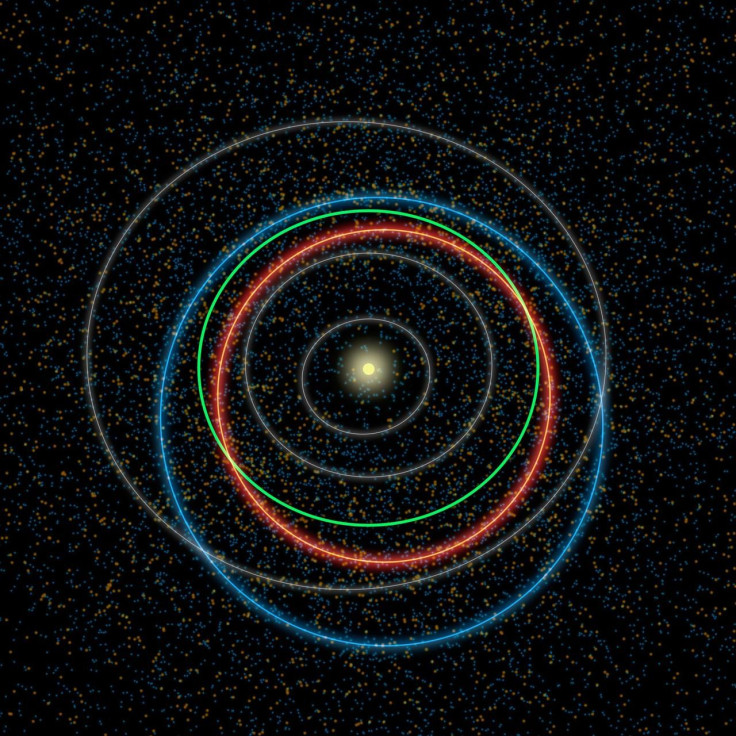NASA Asteroid Shocker: Space Rock Rushing To Earth At Unimaginable Speed

NASA recently confirmed that an asteroid is rushing towards Earth’s vicinity at an unimaginable speed.
According to a report, the 21-meters long space rock which is about the size of a blue whale can actually cause significant damage if it hits any city on Earth at the speed that it is going. The asteroid, dubbed as 2019 SL7, is currently hurtling towards our planet at an alarming 17.1 kilometers per second or around 61,500 kilometers per hour.
The trajectory, however, suggests that it will only fly past our planet on Oct. 9. Despite this, NASA continues to be on full alert should the space rock changes its course.
Per NASA, the 2019 SL7 asteroid will fly by at approximately 1.4 lunar distances (LD). LD is measured as the distance between the Earth and the moon, which suggests that the asteroid will fly very close to Earth. Because of this, NASA has classified the space rock as a near-Earth object (NEO).
A near-Earth object (NEO) is identified as a “solar system body where its closest approach to the Sun is less than 1.3 astronomical units.” In a recent study, NASA revealed that they have accounted for an increase of NEO from the last few decades.
NASA’s Jet Propulsion Laboratory (JPL) explained that their study is highlighted by a “map of the increased count of all known asteroids in the solar system between Jan. 1, 1999, and Jan. 31, 2018.
Because the 2019 SL7 is considered a NEO, NASA scientists said that they will be able to study the space rock at a certain distance.
“Near-Earth Objects (NEOs) are comets and asteroids that have been nudged by the gravitational attraction of nearby planets into orbits that allow them to enter the Earth’s neighborhood. As the primitive, leftover building blocks of the solar system formation process, comets and asteroids offer clues to the chemical mixture from which the planets formed some 4.6 billion years ago. If we wish to know the composition of the primordial mixture from which the planets formed, then we must determine the chemical constituents of the leftover debris from this formation process - the comets and asteroids,” NASA explained about studying asteroids.
The size of the space rock is actually close to the infamous Chelyabinsk meteor in Russia which exploded back in 2013 and caused significant damage to the town of Chelyabinsk. The phenomenon caused injuries to around 1,000 people.
© Copyright IBTimes 2025. All rights reserved.





















